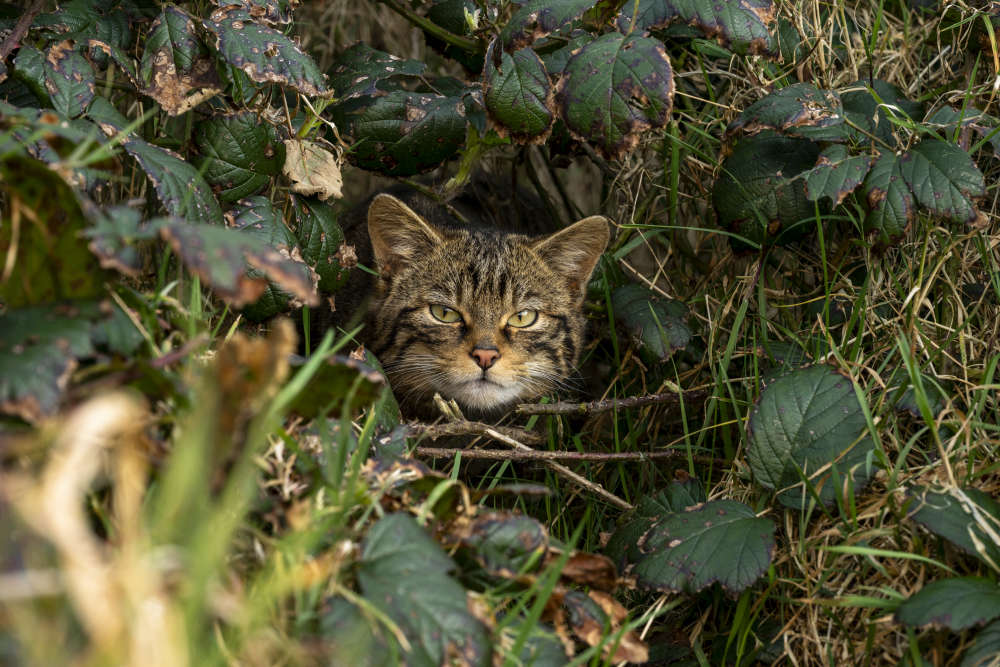
They're the UK’s most critically endangered mammal.
Wildcats could be reintroduced in the south west more than a century after they died out here.
A two-year study has concluded the landscape in the westcountry could support a sustainable European wildcat population again and that around three-quarters of people would be happy to welcome them.
Wildcats, also known as woodcats, are the country's most critically endangered mammal, living only in the Scottish Highlands, where there is a population of around 115.
They were killed off in the south west following centuries of persecution, plus the loss and fragmentation of their favoured woodland and rough grassland habitats.
The investigation by the South West Wildcat Project – a partnership of organisations led by Devon Wildlife Trust which includes Forestry England and the Derek Gow Consultancy – concentrated on four main aspects of wildcat reintroduction: 1) impacts on people and communities; 2) impacts on other wildlife; 3) impacts on farming livestock and pets; and 4) the long-term sustainability of a wildcat population after reintroduction.
South West Wildcat Project lead from Devon Wildlife Trust Cath Jeffs says: "The return of this critically endangered species would be another step in the restoration of our native wildlife and will help re-balance local ecosystems.
"Wildcats were once a widespread part of our countryside and today they remain an important part of woodlands throughout continental Europe including Germany, France, Spain and Italy.
"A lot of work remains to be done before the first wildcats could be released in the South West. Honest and open dialogue with stakeholders will be key to making sure the species and local communities could thrive alongside one another in the future.”
The south west contains enough woodland cover connected by other suitable habitat to support a sustainable wildcat population. They are said to pose no significant risk to existing endangered wildlife populations such as bats and dormice. Humans, domestic pets and farming livestock are safe too.
Wildcats generally eat small mammals including voles, rats, wood mice and rabbits. Their presence would help ‘balance’ existing ecosystems by returning a missing predator which co-evolved alongside native wildlife.
 £18 million funding incoming for civic centre revamp
£18 million funding incoming for civic centre revamp
 Van driver dies in A30 crash
Van driver dies in A30 crash
 Tarka Line still closed because of flooding
Tarka Line still closed because of flooding
 Former monastery likely to be sold
Former monastery likely to be sold
 Top cop to snorkel with sharks
Top cop to snorkel with sharks
 More speed humps for Plymouth road
More speed humps for Plymouth road
